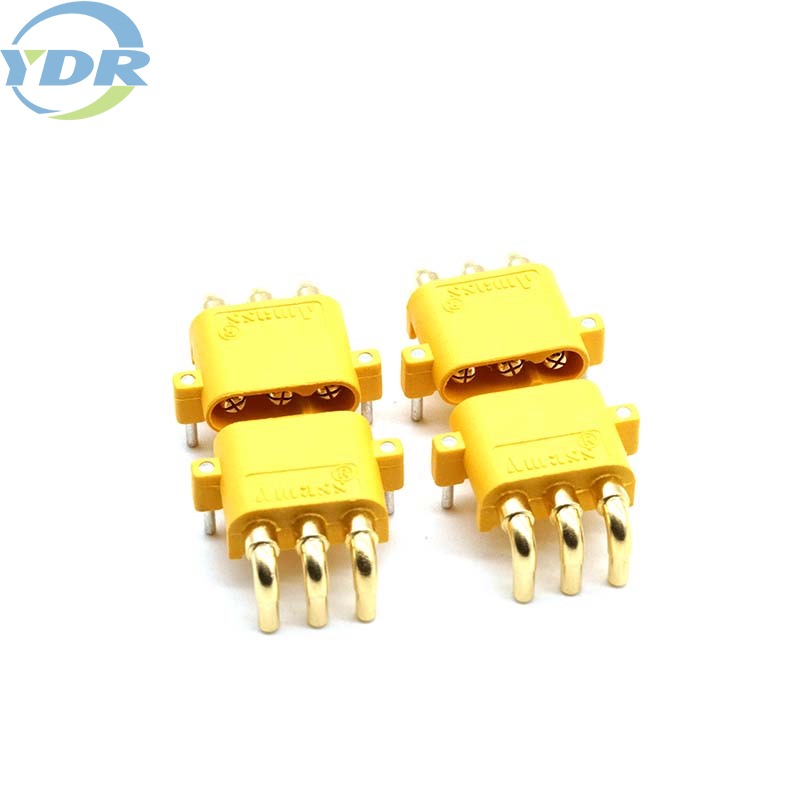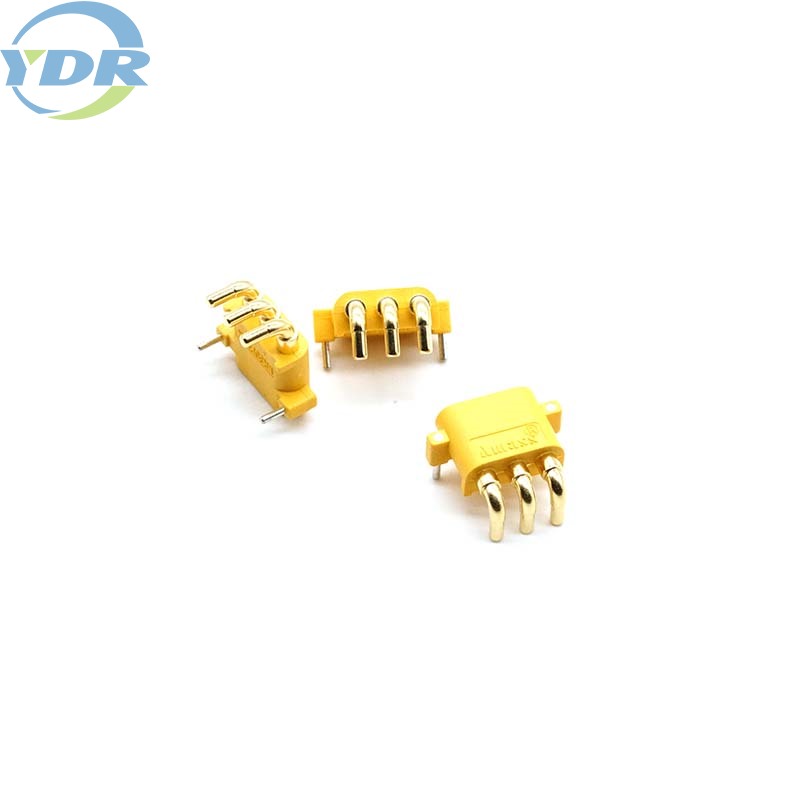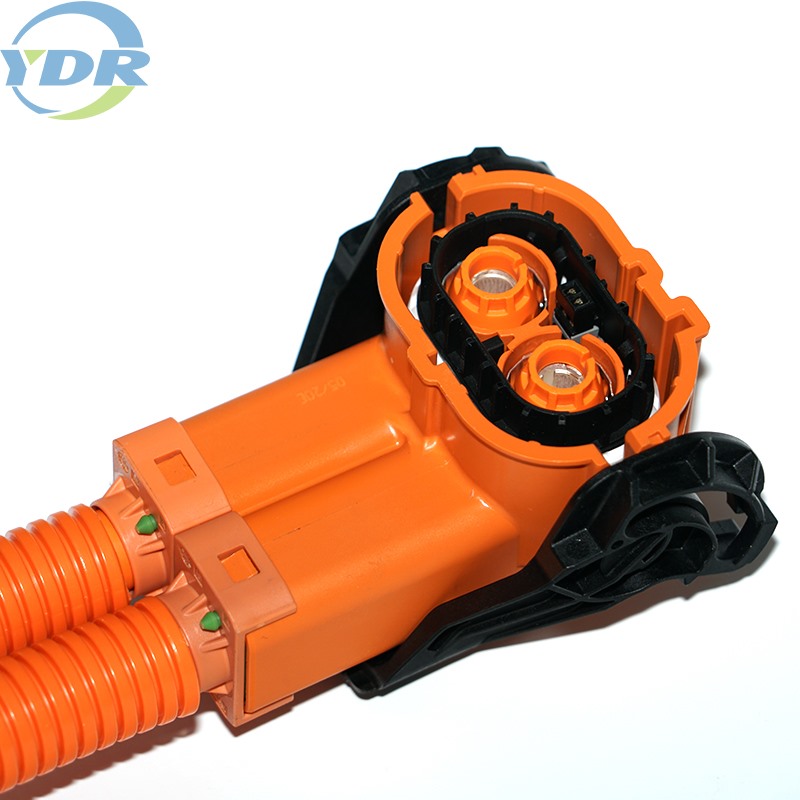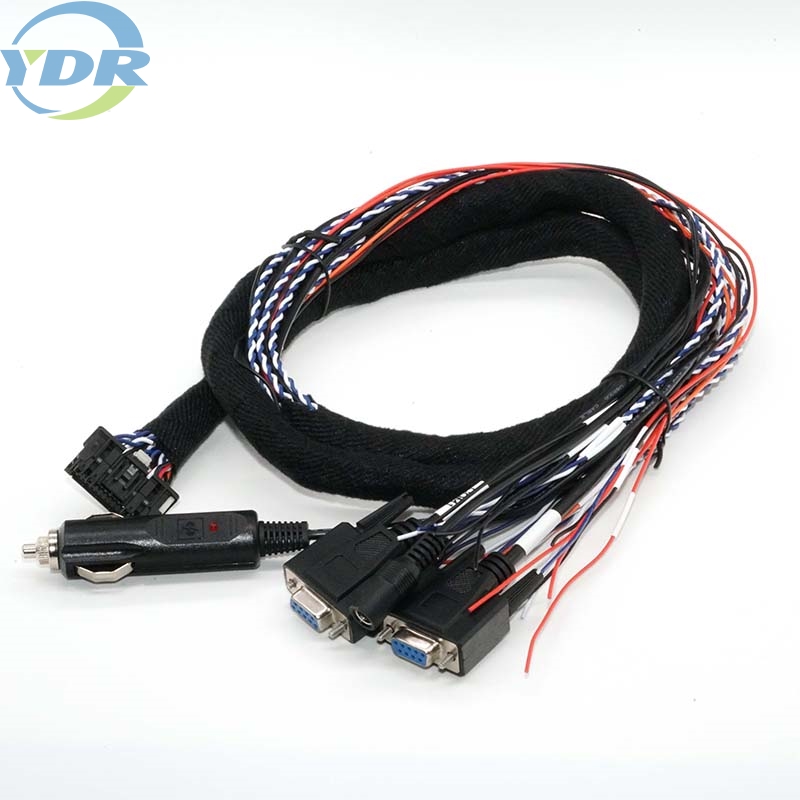Connectors and pin headers are both components used in electronics to facilitate electrical connections, but they serve different purposes and have different designs.

A connector is a device used to join electrical circuits together. It typically consists of two or more mating halves, each containing metal contacts or terminals that can be joined or separated.
Connectors come in various types, shapes, and sizes, and they may be designed for specific purposes such as power transmission, signal transmission, data transfer, or mechanical attachment.
Connectors are often used for external connections, allowing users to plug and unplug cables or other devices easily. Examples include USB connectors, audio jacks, HDMI connectors, and power connectors.

A pin header, also known as a header connector or header strip, is a type of connector that consists of a row of pins or sockets arranged in a plastic housing.
Pin headers are typically used for internal connections on printed circuit boards (PCBs). They provide a means of making electrical connections between the PCB and other components or devices.
Pin headers are often soldered onto a PCB, with the pins protruding from one side of the board. They can then be plugged into sockets, receptacles, or other connectors on another PCB or a separate electronic device.
Pin headers are commonly used for interfacing with components such as sensors, displays, microcontrollers, and expansion boards in electronic projects and devices.
In summary, while connectors are used for external connections and come in various forms for different applications, pin headers are a specific type of connector used for internal connections on PCBs, providing a standardized interface for connecting components and devices.

 English
English  Español
Español  Português
Português  русский
русский  Français
Français  日本語
日本語  Deutsch
Deutsch  tiếng Việt
tiếng Việt  Italiano
Italiano  Nederlands
Nederlands  ภาษาไทย
ภาษาไทย  Polski
Polski  한국어
한국어  Svenska
Svenska  magyar
magyar  Malay
Malay  বাংলা ভাষার
বাংলা ভাষার  Dansk
Dansk  Suomi
Suomi  हिन्दी
हिन्दी  Pilipino
Pilipino  Türkçe
Türkçe  Gaeilge
Gaeilge  العربية
العربية  Indonesia
Indonesia  Norsk
Norsk  تمل
تمل  český
český  ελληνικά
ελληνικά  український
український  Javanese
Javanese  فارسی
فارسی  தமிழ்
தமிழ்  తెలుగు
తెలుగు  नेपाली
नेपाली  Burmese
Burmese  български
български  ລາວ
ລາວ  Latine
Latine  Қазақша
Қазақша  Euskal
Euskal  Azərbaycan
Azərbaycan  Slovenský jazyk
Slovenský jazyk  Македонски
Македонски  Lietuvos
Lietuvos  Eesti Keel
Eesti Keel  Română
Română  Slovenski
Slovenski  मराठी
मराठी  Srpski језик
Srpski језик 







